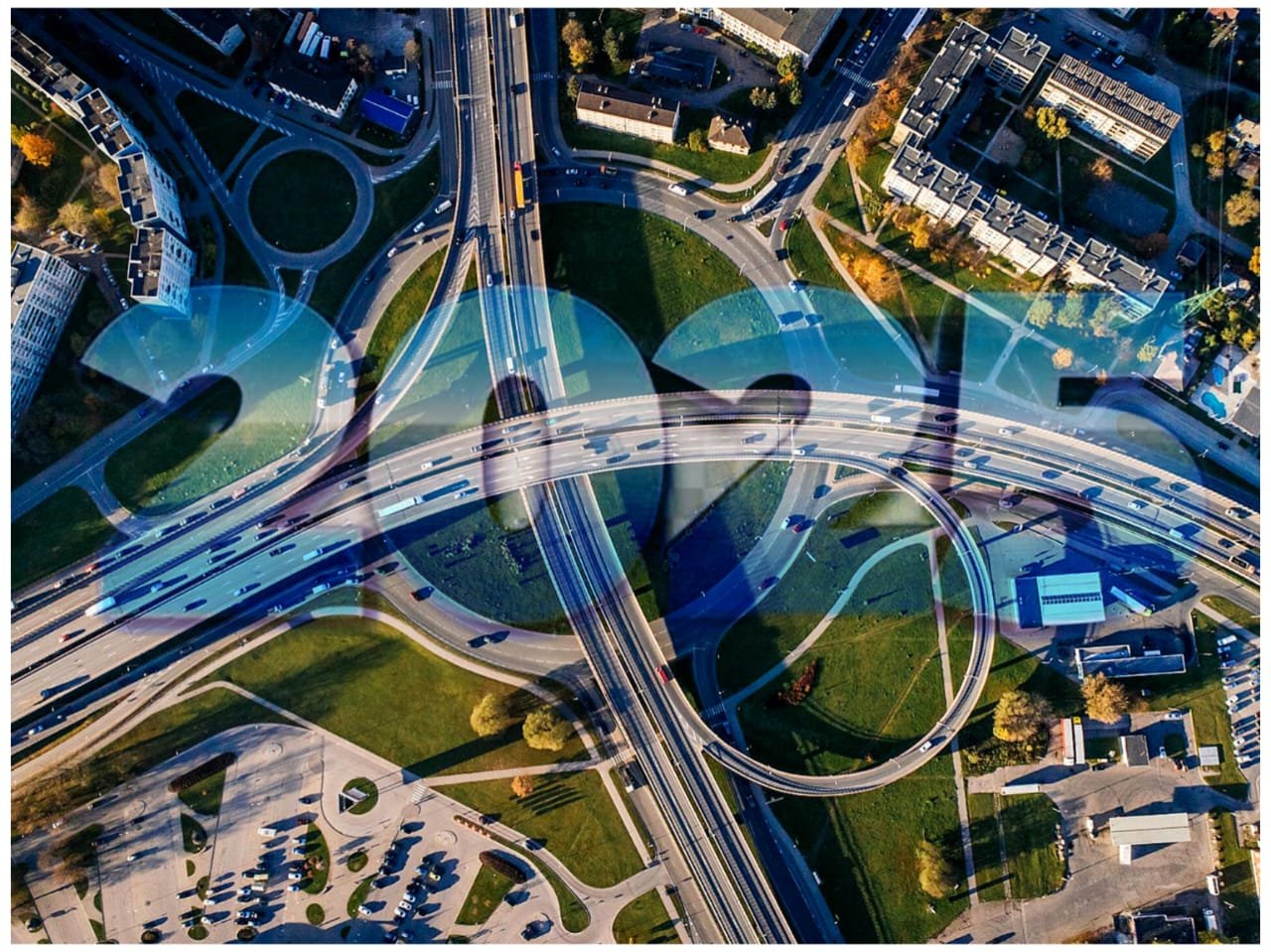India’s cabinet committee on economic Affairs sanctioned the national highway speed road corridor projects, which span 936 km and involve an investment of INR 506.55 billion to enhance logistics efficiency and connectivity. These sanctioned projects boost the country’s infrastructure, economy, and employment.
Infrastructure Development
There are three road infrastructure development models. Infrastructure growth and modernization remain the government of India’s cornerstone objectives. Various programs aim to enhance connectivity, logistics capacity, and other key areas. Despite consistently allocating a significant portion of capital expenditure to infrastructure projects, private sector investment participation has lagged.
| Model | Construction |
| EPC Model |
|
| BOT-Annuity Model |
|
| Hybrid Annuity Model (HAM) |
|
Economical Growth
India boasts one of the world’s largest road networks, stretching over 5.8 million kilometres. This network includes approximately two per cent of national highways and three per cent of state highways, with the remainder consisting of district and rural roads. In India, roads are the primary mode of transport for both goods and passengers, carrying 64.5 per cent of goods and 90 per cent of passenger traffic.
In 2021, a Model Concessionaire Agreement (MCA) for Multimodal Logistics Parks under the Bharatmala Pariyojana was finalized. The Bharatmala Pariyojana plans to develop 35 MMLPs with an investment of INR 460 billion, capable of handling 700 million metric tonnes of cargo.
In 2023, the Ministry of Road and Highways stated that India has about 66.71 lakh km of road network, which is the second largest in the world.
- National Highways: 1,46,145 km.
- State Highways: 1,79,535 km.
- Other Road Construction: 63,45,403 km.
Of the total national highway network, approximately-
- 48,422 km consists of more than four lanes.
- 84,705 km have two lanes, and
- 13000 km have fewer than two lanes.
There are 969 national highways across various states. Additionally, the country has highway lighting installed on approximately 25,400 km, including 105 km in Assam.
Infrastrucure project 2024-25
In the Union Budget for 2024-25, the budgetary allocation for the Ministry of Road Transport and Highways remained steady at INR 278 billion. These projects aim to boost traffic capacity, reduce travel time, and enhance economic and employment prospects.
| Project Name | Construction (In Km) | Mode | Cost (Value in INR billion) |
|
88 | BOT | 46.13 |
|
231 | HAM | 102.47 |
|
214 | BOT | 105.34 |
|
68 | HAM | 39.35 |
|
137 | HAM | 44.73 |
|
47 | EPC | 32.98 |
|
121 | BOT | 57.29 |
|
30 | BOT | 78.27 |
▪️BOT: Build-Operate-Transfer. ▪️HAM: Hybrid Annuity Mode. ▪️EPC: Engineering Procurement and Construction.
Infrastructure Challenges
Despite increasing the pace of national highway expansion, India has also missed several highway construction targets in the past 10 years. During the Pandemic-hit FY 2020-21, Highway construction reached a peak of 37 km per day, totalling 13,327 km that year. However, subsequent targets have been adjusted downward, with 10457 km built in FY 2021-22 and 12,349 km in FY 2022-23, falling short of the initial ambitious goals.
So far, India has fallen short of achieving its target to construct 13,000 km and 13,800 km of highways in 2022-23 and 2023-24, respectively, due to adverse weather, general elections and state elections. The MoRTH, however, managed to complete 12,349 km of national highways in 2023-24, up from 10,993 km the previous year.
Growth of Infrastructure
For the development of Infrastructure, Financial budgets were announced in 2024. Of the total budget announced in July 2024, the National Highways Authority of India received INR 186 billion, a 3.9 per cent rise from the previous year’s INR 162 billion. The government has continued its policy of minimal market borrowing for the third consecutive year, relying instead on budgetary support to reduce NHAI’s debt.
The NHAI’s debt, which stood at INR 335 billion as of March 2024, has grown 14-fold since 2014-15, prompting India to aim for a reduction to INR 100 billion by 2024-25.
- India’s infrastructure sector is disposed for strong growth, with investments worth US$1.4 trillion planned by 2025 under the National Infrastructure Pipeline (NIP).
- Senior executives from the sector emphasize that differentiation is crucial in the crowded marketplace and that companies must stand out to attract more investment in Indian Infrastructure.
- GIFT City model emerges as a compelling option, offering innovation and attracting foreign direct investment (FDIs).
Infrastructure Venture
India’s ambitious infrastructure ventures represent a remarkable leap forward in national development and global prominence. These herald a new era of modernization and cultural enrichment. As these initiatives unfold, they promise to redefine the country’s landscape and contribute significantly to its cultural and economic tapestry.
India is set to experience significant transformation in 2025 with the completion of several major infrastructure projects that will improve connectivity, reduce travel times, and stimulate economic growth. These initiatives span multiple sectors, promising a more efficient and sustainable future for the country. Let’s take a closer look at six key project that will reshape India’s landscape.
By 2025, India’s data center landscape is set to undergo a revolutionary transformation in sustainability practices, driven by the growing emphasis on environmental responsibility and technological innovation. In 2025, we expect to see an increase in the proportion of enterprises deploying private AI infrastructure, which is set to fundamentally transform India’s data center landscape.
Disclaimer
Display of any trademarks, tradenames, logos and other subject matters of intellectual property belong to their respective intellectual property owners. Display of such IP along with the related product information does not imply ‘Mamulkar.com’ partnership with the owner of the Intellectual Property or issuer/manufacturer of such products.
Explore more on mamulkar.com!
